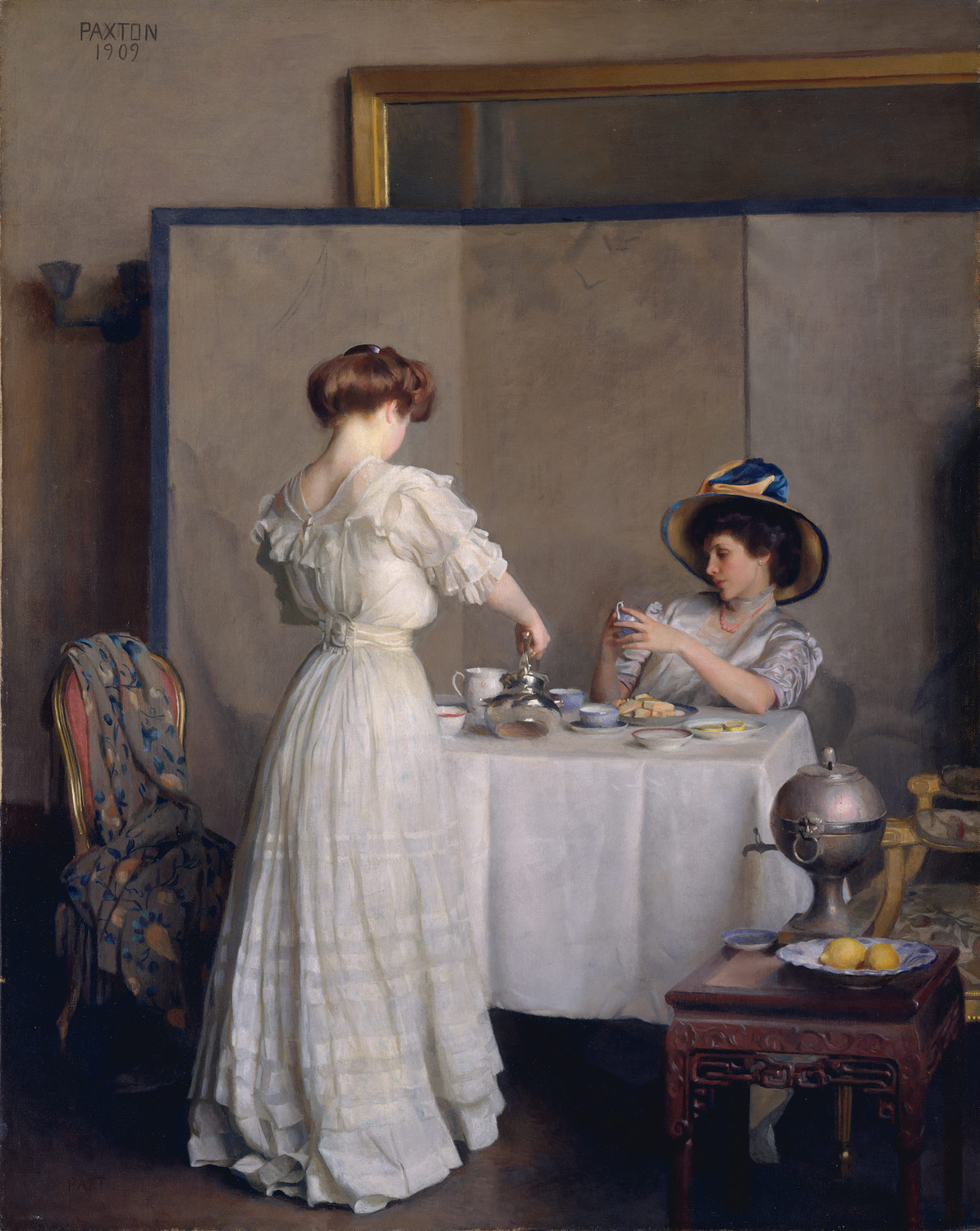I don't paint much with a knife, well sometimes, but..... I scrape with my knife a lot. I like sharp tools, in my workshop, I like my brushes sharp, and I sharpen the edge of my palette knife too. I use the sort of knife that has an offset blade. I get mine from Jerrys Artarama and I buy the Liquitex knives. I expect there are fancier knives out there but these work for me. I have snapped off way too many cheap knives where that offset neck meets the leaf shaped blade that were made by the Chi-Coms . The Liquitex knives seem to be of a better metal and I haven't had that problem with them. I like to scrape the surface of my canvas to take the surface down to a smooth finish before resuming working on a dried canvas. I use an alkyd medium so my paintings dry quickly. The alkyd (Liquin) that I add to my medium makes the paint a little rubbery too and that makes it scrape well. I can slice the ridges and pentimenti from my canvas better than if I don't use an alkyd medium.
I use a sharpening stone from the tool department of a hardware store or big box vendor. I put a little sharpening stone oil on there and hone the edge of the knife that will be doing the work. As I am right handed that would be the left hand edge as viewed from the top. I work it until it is fairly sharp. I don't need or want, a razors edge, that might cut me as I work with it, but it is a lot sharper than your palette knife. Give it a few quick passes on the backside of the cutting edge to remove the hook like ridge that builds up there after honing the working edge. Just a couple of passes will do that.
My sharp palette knife takes the painting to an almost glass like surface even if there are ridges of paint left from yesterdays ministrations. Often I will hold the tip of the knife blade pinched between my fingers and bend the blade into a scythe shape to slice off an individual ridge of paint.
I slip a little Masonite panel behind the canvas to protect it if I have to scrape over where a there is a stretcher bar. If you don't do this you will leave a mark on the front that will show through your paint as the knife chops into the surface when it encounters the hidden stretcher bar beneath.
I went seascape painting this last week. I escape all the summer greens by heading to the water . Here is a a video of that. I take a lot of these little movies, they are better than still photography for studying the action of the surf. This is from my Sony Cyber-Shot camera not a digital movie camera. It will take a long enough video to catch the entire action of a couple of waves.





















